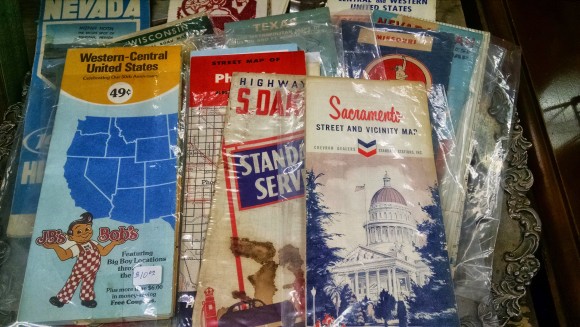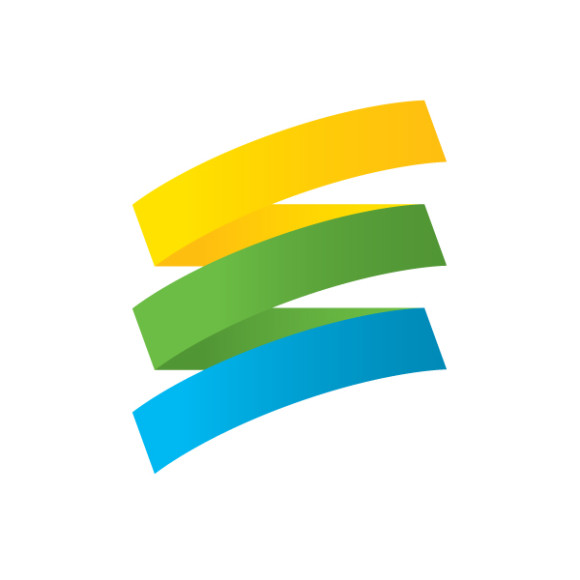Google Maps has been out for 10 years now. Digital maps…starting with Mapquest has been out since 1996Â (technically 1993 but mapquest was the first main stream map most people remember). For those of you keeping track that puts us almost 20 years into the digital mapping word. 20 years we have been using digital maps and yet for some reason […]

